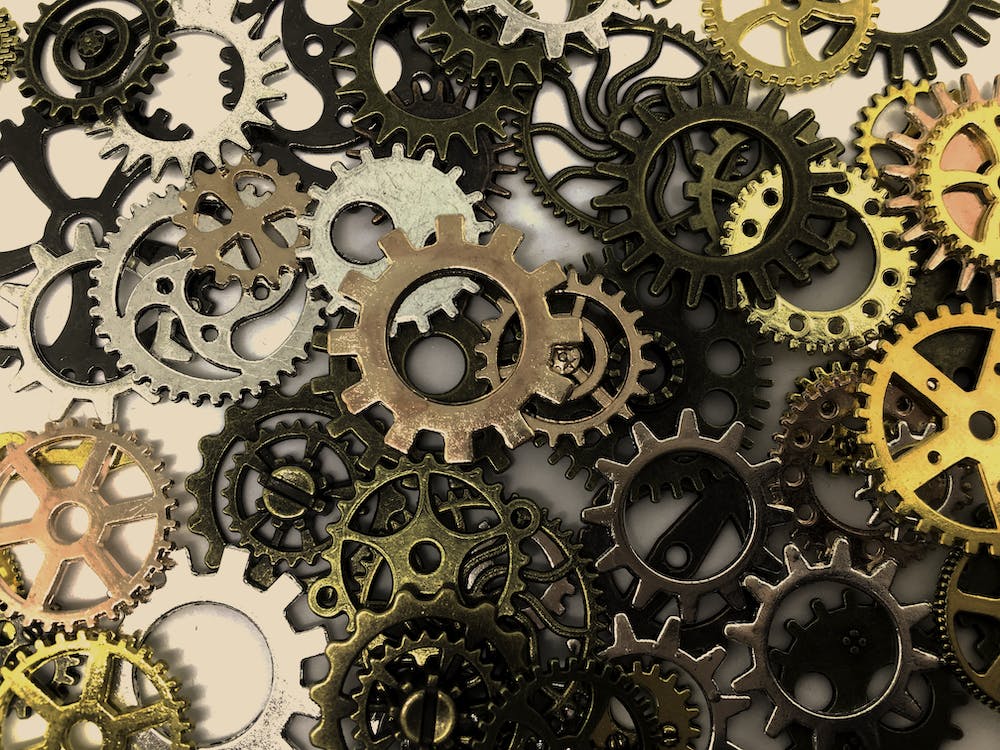
FAQ About Industrial Design

What are the primary considerations when designing a product for manufacturing?
When designing a product for manufacturing, there are several primary considerations that industrial designers need to keep in mind. These considerations help ensure that the design can be efficiently and cost-effectively produced at scale.
Designing with manufacturability in mind is crucial. This involves creating a design that can be easily and consistently produced using standard manufacturing processes and techniques. Designers should consider factors such as material selection, part consolidation, assembly methods, and tolerance requirements to optimize the manufacturability of the design.
Choosing appropriate materials is important for both the functionality and manufacturing of the product. The selected materials should meet the desired performance criteria, durability, aesthetics, and cost requirements. Designers should consider factors such as material properties, availability, sustainability, and compatibility with manufacturing processes.
Designing products with sustainability in mind is increasingly important. Considering factors such as material selection, energy efficiency, recyclability, and end-of-life considerations can contribute to environmentally responsible manufacturing practices.
By considering these primary factors during the design process, industrial designers can create products that are optimized for efficient and cost-effective manufacturing while meeting quality, functionality, and market requirements. Collaboration with engineers and manufacturers is also crucial to ensure a seamless transition from design to production.
